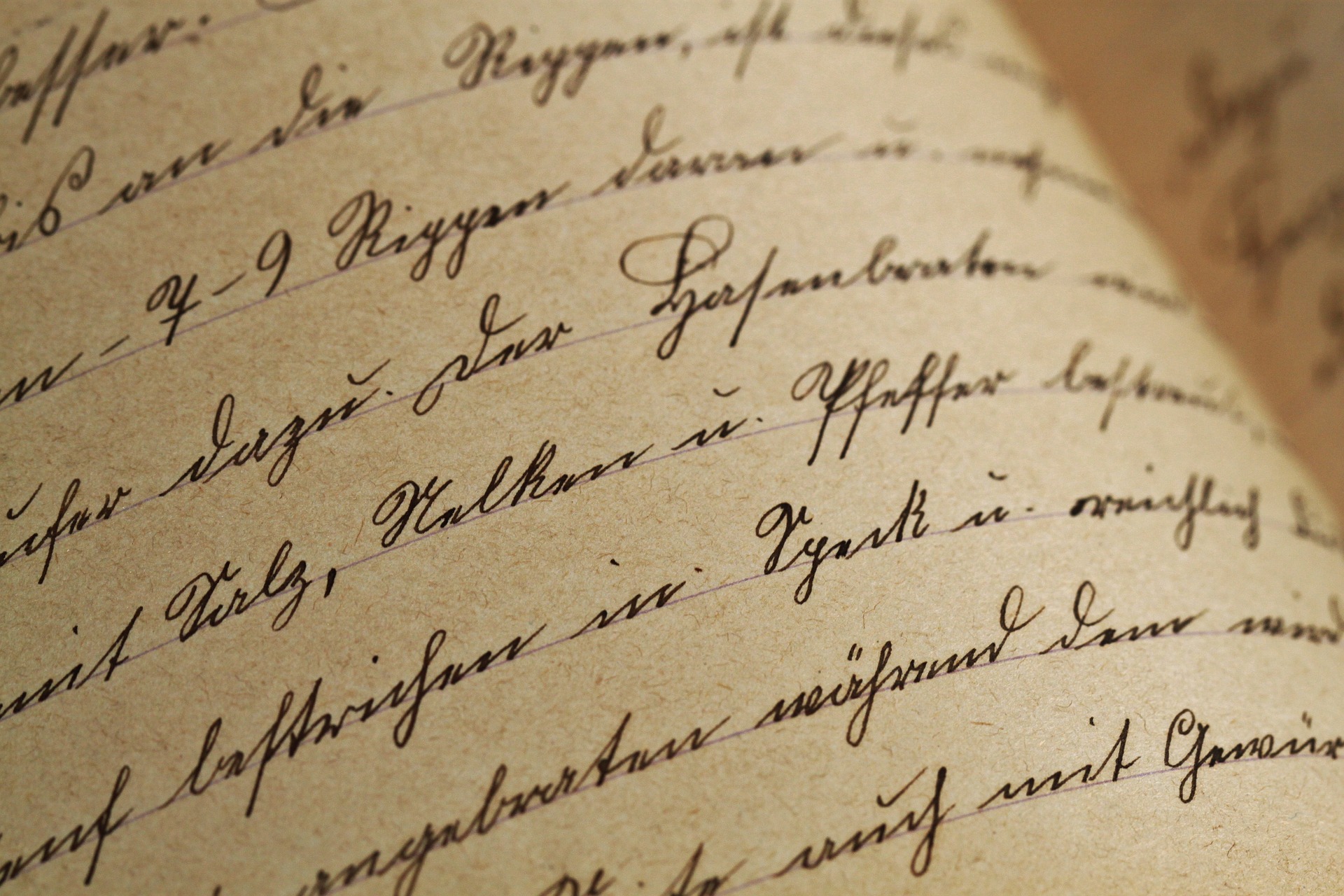Scholarly Editing

Scholarly editing is the process of producing high-quality editions of texts that can be used by scholars for further study. The practice of scholarly editing encompasses a variety of specialist skills such as analysing the process by which a text is written, published and read, deciphering historical manuscripts and applying critical judgement to the text. While it is easy to take new editions of texts for granted, the process of choosing which sources to use, how to present them, and how to annotate them requires a great degree of study and consideration.
Historically, the expectations of textual publishing and editing were very different. Whereas a modern scholar might prefer an ‘authoritative’ version of a text, many texts have multiple versions, which can conflict with one another. For example, there is no original version of William Shakespeare’s Hamlet that contains all of the famous speeches a modern reader might expect to find in the play. The version of Hamlet recognisable to a modern audience exists because scholarly editors collated and judiciously chose how to combine those versions into new editions of the text. How those decisions are made is often contentious, and the subject of debate among scholars, who may favour different approaches to the editing, weighing factors such as authorial intent in their decisions.
Scholarly editions of texts usually feature detailed notes and annotations provided by the editor. These notes require rigorous archival and historical study, often requiring teams of editors to work together to unpack single references in the text. Scholarly editors can show which sources a writer may have used in their work, what they were reading at the time, and pinpoint historical events they reacted to. This provides a richer understanding of the text and allows scholars to produce better responses to those texts.
At Newcastle University, our HASS Faculty work on a number of scholarly editing projects on writers such as the feminist Mary Wollstonecraft, the Renaissance playwright Ben Jonson and the Romantic poets Percy Bysshe Shelley and William Wordsworth. The Animating Text Project is a collaboration between digital humanists and editors which explores new ways readers can interact with texts and has engaged in projects such exploring the value of AI as textual editors, mapping the translation of early European feminists and creating a LAB Digital Edition Publishing Cooperative for digital editors.
People
- Dr. Ruth Connolly, Senior Lecturer in English Literature
- Dr. James Cummings, Senior Lecturer in Late Medieval Literature and Digital Humanities
- Dr. Kate de Rycker, Lecturer in Renaissance Literature
- Dr. Joseph Hone, Academic Track Fellow in English Literature
- Dr. Kirsten MacLeod, Reader in Modernist Print Culture
- Professor Michael Rossington, Professor of Romantic Literature
Resources
Alpert-Abrams, H. (2016). Representing the Long History of Early Modern Printed Objects. Scholarly Editing, 37. http://www.scholarlyediting.org/2016/essays/essay.alpertabrams.html.
Driscoll, M., & Pierazzo, E. (Eds.). (2016). Digital Scholarly Editing: Theories and Practices. Cambridge, UK: Open Book.
Eggert, P. (2019). The Work and the Reader in Literary Studies: Scholarly Editing and Book History. Cambridge University Press.
Greetham, D. C. (2011). Theories of the Text. Oxford University Press.
Shillingsburg, P. L. (1996). Scholarly editing in the computer age: Theory and practice (3rd ed..). University of Michigan Press.










